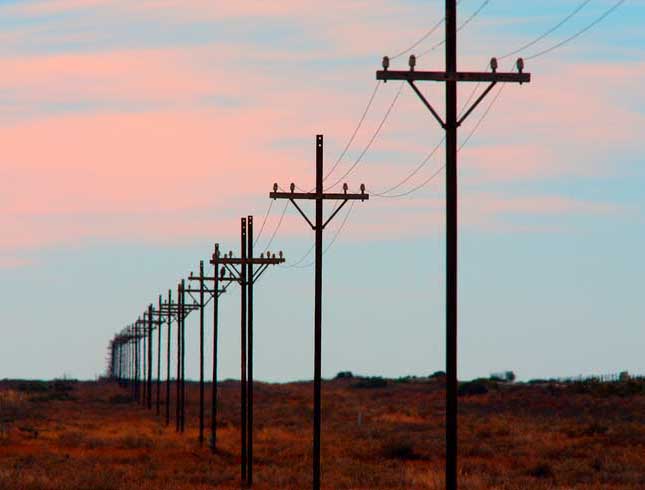New Ways to Twist and Shift Light
Leave a Comment The National Physical Laboratory (NPL) recently conducted photonics research that may lead to new quantum technologies and telecom systems. The researchers discovered unexpected qualities in light that could, in the long term, lead to completely new electronic devices and applications.
The National Physical Laboratory (NPL) recently conducted photonics research that may lead to new quantum technologies and telecom systems. The researchers discovered unexpected qualities in light that could, in the long term, lead to completely new electronic devices and applications.
Light is frequently used in electronics involved in telecommunications and computing. One good example of this is how light is used in optical fiber. Optical fiber and fiber optic cables are used to transmit many types of communication around the world, including telephone calls and internet connections.
As mentioned in Physical Review Letters, the NPL researchers studied whether and how light can be controlled in an optical ring resonator. This resonator is a tiny device that can store extremely high light intensities. In an optical ring resonator, wavelengths of light resonate around the device. A comparison would be how some “whispers” can travel around a “whispering gallery” and be heard on the other side.
In a first-ever study, the researchers used optical ring resonators to pinpoint the interaction of two kinds of spontaneous symmetry breaking. The team displayed new ways to manipulate light by (1) studying how time varied between pulses of light and (2) how the light was polarized.
Typically, light follows what is called “time reversal symmetry.” This principle means that if time is reversed, light should return to where it started. However, in the NPL research, at high light intensities, symmetry was broken within the optical ring resonators. A lead scientist on the project noted that, when the ring resonator was seeded with short pulses, the circulating pulses inside the resonator would arrive either before or after the seed pulse. However, they would never arrive at the same time. This discovery could be potentially used to combine and rearrange optical pulses in telecommunications networks.
The researchers also learned that light can suddenly change its polarization in ring resonators. A related example would be you picking a guitar string in a vertical direction, but then having the string begin to vibrate in either a circular clockwise or counter-clockwise direction. The researchers believe that the results of these experiments will not only help to direct the development of improved optical ring resonators (such as for atomic clocks for exact time-keeping). They also feel that these findings will also help scientists to understand how they can control light in photonic circuits in sensors and in quantum technologies.
According to Pascal Del’Haye, NPL Senior Research Scientist, “Optics have become an important part of telecom networks and computing systems. Understanding how we can manipulate light in photonic circuits will help to unlock a whole host of new technologies. These include better sensors and new quantum capabilities, which will become ever more important in our everyday lives.”


 Fiber optic sensors
Fiber optic sensors